I understand that this question seems to be a little silly, but I'm completely clueless as to how to run CodeSniffer.
I followed this page and several other blogs or internet articles, but none of them give explanations which seem to be really comprehensive.
At least I'm 100% sure that pear has successfully been installed and now it's in the same directory as php.
However, I still can't run it. Here is a pic which indicates it.
As the pear's page says, I thought I need to have $, but it isn't recognized as a batch nor any other program.
I also assumed that the current directory was supposed to be the same one as php, but changing the directory to this directory didn't solve this issue either.
I'd appreciate if you'd give any advice.
